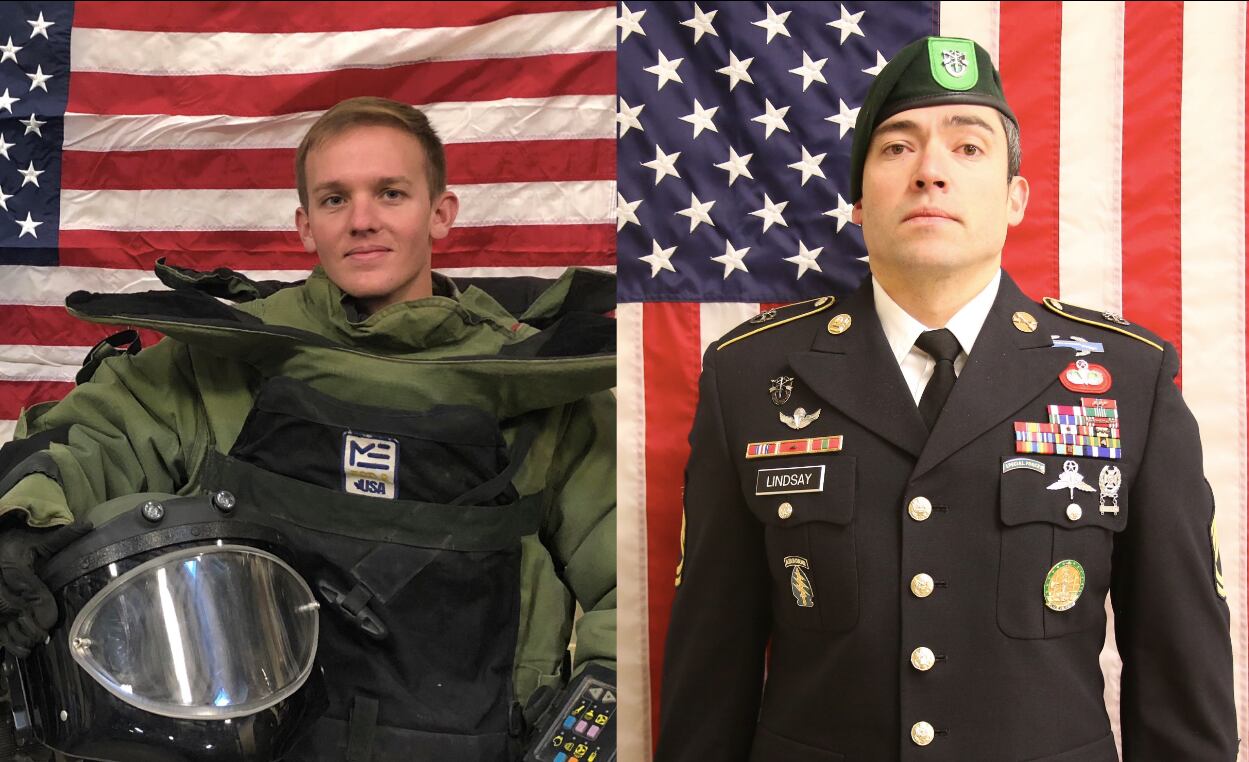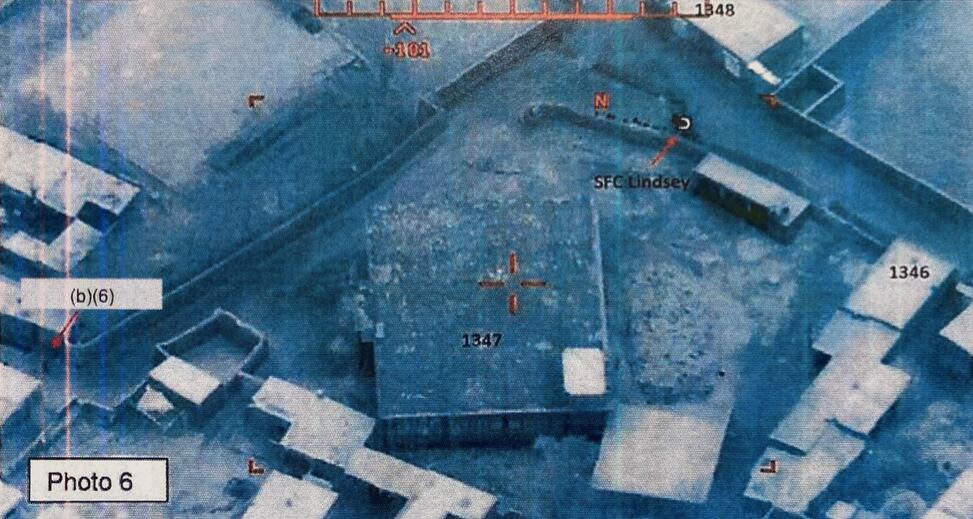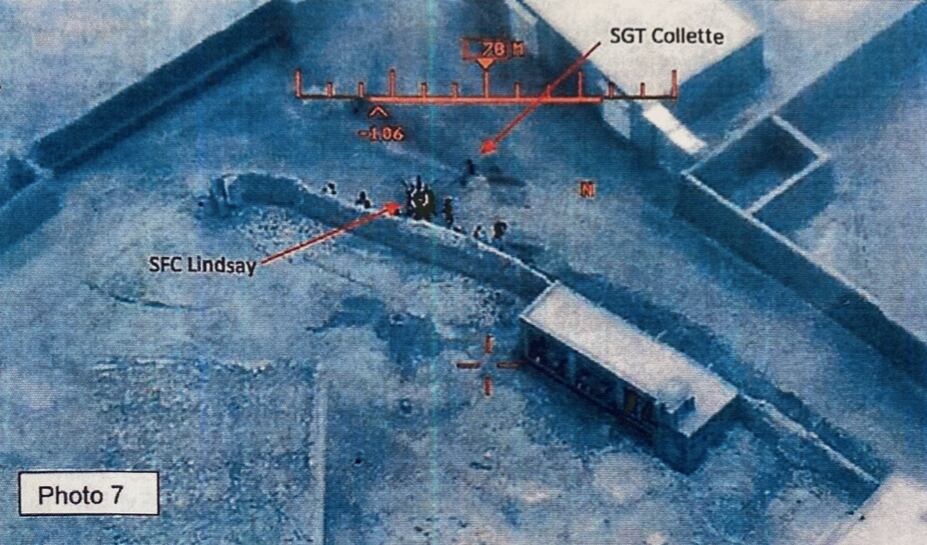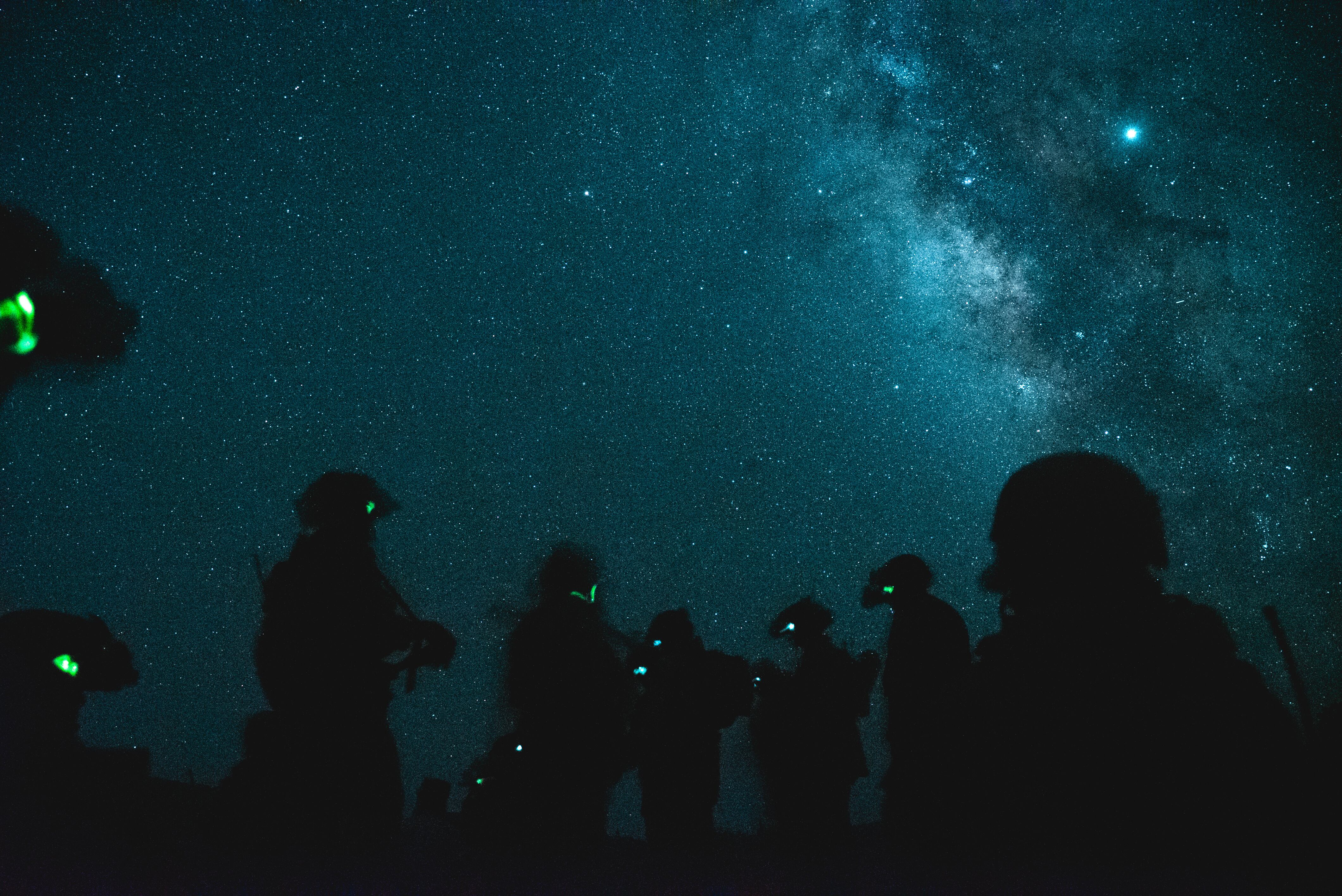The Taliban’s ability to capture U.S.-made equipment complicated an investigation into the deaths of two U.S. soldiers last spring and left open the possibility that one was killed by Afghan friendly fire.
The deaths occurred as U.S. troops and Afghan commandos were clearing a village in northern Afghanistan. They encountered stiff Taliban resistance while, at the same time, two friendly elements converged without knowing each other’s exact location.
The investigation asserted there was a “distinct possibility” that the Taliban had acquired the same U.S.-made ammunition and guns carried by Afghan commandos, making it difficult to determine who shot the Americans.
Both U.S. soldiers were struck by M855 ammunition, a green-tipped 5.56mm cartridge shot through weapons like the M4 carbine and M16 rifle, according to the investigation document obtained by Army Times through a Freedom of Information Act request.
Green Beret Sgt. 1st Class Will D. Lindsay, 33, was killed by Taliban fighters who somehow obtained those rounds before the nighttime gunfight northwest of Kunduz City on March 22, 2019, the investigation found. But it was not able to definitely determine that the enemy also killed Sgt. Joseph P. Collette, a 29-year-old bomb disposal expert who died close to Lindsay.
An aircraft filmed a Taliban insurgent firing three-round bursts at both soldiers as they maneuvered across an alley, seconds apart, to provide cover for their teammates.
The footage captured Lindsay falling when struck by the Taliban fighter’s shots. But Collette seemed to continue running as if not hit at all, leaving the investigator to conclude that he could’ve been accidentally shot moments later, outside the aircraft’s view, by Afghan commandos.
Afghan partner forces regularly use M855 ammunition for their U.S.-supplied guns, but U.S. personnel do not. While Americans shoot 5.56mm rounds, they ditched the M855 variant for better-performing ones years ago, ruling them out as the origin of the shots that struck Lindsay and Collette.
No enemy weapons were captured after the incident, but the footage of the gunfight pointed the investigating officer toward the possibility that at least one enemy fighter was wielding an M4 carbine or similarly designed rifle.
The Taliban safe-haven
Over the past few years, U.S.-supplied weapons have increasingly ended up in the hands of Taliban who overrun Afghan forces. In fact, they’re often photographed for the militant group’s propaganda. The Afghanistan-Pakistan region is also a hotbed of illicit arms trafficking, flush with knockoff weapons, laser sights and night-vision goggles.
The village Lindsay and Collette were clearing had been deemed a “Taliban safe-haven,” where insurgents “staged for attacks” against “Afghan outposts” and “Kunduz City itself,” the investigation reads.
Days after the loss of Lindsay and Collette, a tip seemed to lend credence to the theory that a well-armed Taliban fighter targeted both soldiers.
“A call came to a tip line alleging that an individual who killed two Americans recently was released from the hospital after being treated for a gunshot wound to his leg,” the investigation reads. “The caller alleged that the shooter lived in the nearby Zalkai village, Daasht-e Archi district, of Kunduz province.”
U.S. Central Command and U.S. Forces-Afghanistan did not respond to a request for comment.

The operation on March 22, 2019, involved more than 240 U.S. and Afghan troops. They planned to clear through the village, which had also been used as a Taliban command and control node. Intelligence indicated there were roughly 20-30 militants in the area armed with machine guns, rocket-propelled grenades and improvised explosive devices.
The mission began with helicopter infills on opposite sides of the objective area at roughly 10 p.m., followed by clearance operations. Early in the night, an airstrike was ordered on five enemy fighters seen maneuvering toward friendly forces.
Lindsay led an element, which included Collette, that was attacked just before midnight as they cleared through dwellings. Lindsay radioed that his team was taking heavy fire from two buildings near their position at the cross-section of two alleys.
Another friendly element “pushed forward through the streets towards the sounds of fighting” to come to their assistance. Lindsay’s group and the other friendly forces found themselves at opposite ends of one of the alleys, “but neither knew the location of the other element.”
One U.S. soldier cited in the investigation said that when he turned a corner near where Lindsay’s element was located, he saw the side profile of a combatant wearing a night-vision device, roughly 50 feet away. He also recalled seeing five individuals firing on Lindsay’s element.
That soldier could have seen Afghan commandos and mistaken them for enemy fighters; the overhead footage couldn’t corroborate his account, according to the investigation document.
However, the investigator added that minutes after Lindsay and Collette had been shot, an unknown individual exited a cupola on the roof of a building from where the U.S. troops had taken fire and appeared to speak into a radio.

The individual’s heat signature on the thermal camera indicated he was wearing armor or a chest rack, the investigator said. U.S. and Afghan troops later took RPGs from the same building, labeled Building 1347 in the investigation, but that shooter was never seen.
The gunfight’s key events unfolded in a matter of minutes, just as the two friendly elements came within shooting distance of one another. Lindsay’s element was taking effective fire from several positions, but only one Taliban fighter is visible on camera — shooting from a stall “meters away,” according to the investigation.
Just as the other friendly force rounded the corner of the alley, Lindsay made the decision for his team to seek cover on the other side of the road behind the wall of a building.
A ‘nearly impossible’ sprint
Collette ran first. He spanned the 66-foot alley in roughly five seconds, leaping over a nearly 2-meter ditch in the process, before reaching the safety of the wall. His movement was “smooth and fluid,” which raised more questions.
It was during this movement that the Taliban fighter in the stall would have had the opportunity to shoot Collette. If that didn’t happen, it becomes more plausible that he took friendly fire from Afghan commandos in the other element down the alley after he completed his run.
An autopsy revealed Collette sustained eight gunshot wounds, hitting his pelvis, thigh and femoral arteries. One medical doctor consulted in the investigation said that it was “nearly impossible” to sustain those wounds and still complete the run. A second doctor disagreed, saying Collette’s “fight or flight” response from a surge of adrenaline could’ve allowed him to make it across the alley.
The investigating officer said he could not determine with certainty that Collette was killed by enemy fire, but he also stated in the investigation that there was no evidence that Collette took fire after he crossed the alley. The investigator noted that other enemy forces could also have been shooting at Lindsay’s element, but remained unseen.
Lindsay made his own run seconds after Collette. But Lindsay fell repeatedly during the movement, indicating he took fire as he crossed the alley. Lindsay suffered two gunshots during the movement. Two other rounds hit his helmet and plate carrier.

The remains of both soldiers were later recovered from the building across the alley after the two friendly elements linked up later in the night. Though Lindsay’s element had taken fire from multiple buildings, the enemy who had the clearest shot during the key movements was the one Taliban fighter in the nearby stall.
“He is never seen to fire a burst of greater than three rounds. This indicates either a high level of discipline for an enemy fighter or the use of a weapon that does not have a fully automatic capability,” the investigation reads. “While the AK-series of weapons typically used by enemy combatants have single-shot and fully automatic modes, the M4 has only single-shot and three-round burst modes. This lends support to the possibility that the enemy forces were using 5.56mm weapons with M855 green-tip ammunition.”
The call that later came into the tip line — alleging an individual who killed two Americans had been treated for a gunshot wound — offered further support to that hypothesis, the investigating officer said. In the past, captured enemy materials across the area of operations have included U.S.-made equipment, they added.
Even if no such gear was recovered during the operation to “provide concrete evidence that the enemy utilized these in this case, it is a distinct possibility,” the investigation reads.
Friendly fire was also a potential hazard during Lindsay and Collette’s runs. At least one Afghan commando in Lindsay’s element appeared to shoot down the alley toward the other friendly element that was converging on their position.
An American in that other friendly element was wounded and badly dazed by fragmentation from an Afghan commando’s gunfire as he rounded the corner of the alley to assist Lindsay’s element, the investigator determined.
“He fell to the street and remembers going in and out of consciousness several times,” the document reads. “He stated he remembered reaching out his hand to what he thought were Afghan commandos and calling out to them, but there was ‘a lot of shooting and explosions’ and he thought maybe they couldn’t hear him. He then remembers getting up of his own volition and running to where his element was around the corner.”
Some of the Afghan commandos in that soldier’s own element may have returned fire down the alley toward Lindsay and Collette.
Ultimately, the investigation concluded that both Lindsay and Collette willingly ran through enemy fire to reach a location from where they could better protect their element and kill the Taliban shooter in the stall who was harassing their teammates. Valor awards were posthumously given to both soldiers. Lindsay was awarded the Silver Star, and Collette was awarded the Bronze Star with Valor.
While both men were struck by M855 rounds, the investigator could only definitively say that Lindsay was hit by enemy fire.
“I find that Sgt. Collette was not killed by U.S. fire,” the investigator wrote, “but I cannot determine by a preponderance of the evidence whether he was killed by fire from enemy forces or partner forces.”
Kyle Rempfer was an editor and reporter who has covered combat operations, criminal cases, foreign military assistance and training accidents. Before entering journalism, Kyle served in U.S. Air Force Special Tactics and deployed in 2014 to Paktika Province, Afghanistan, and Baghdad, Iraq.





